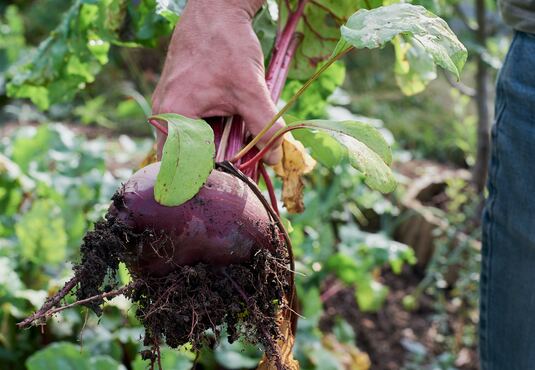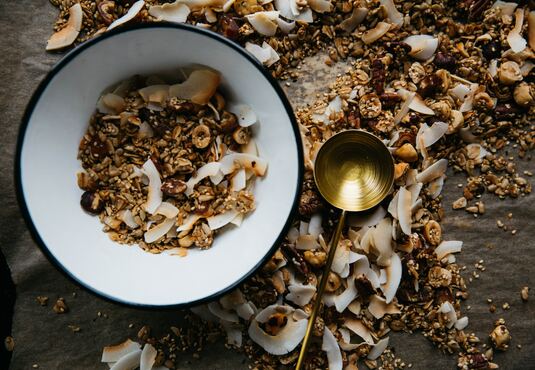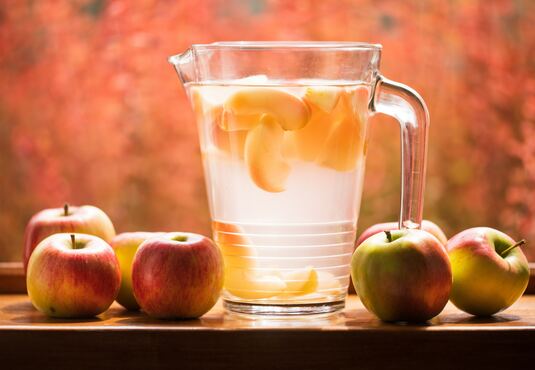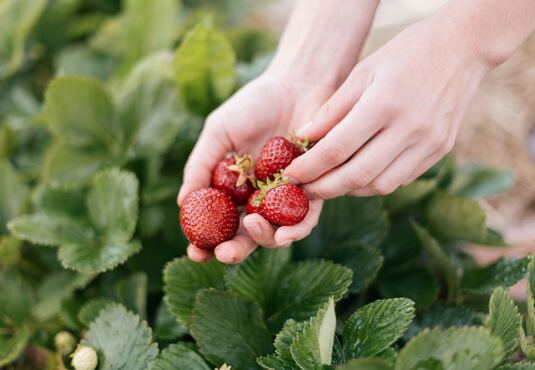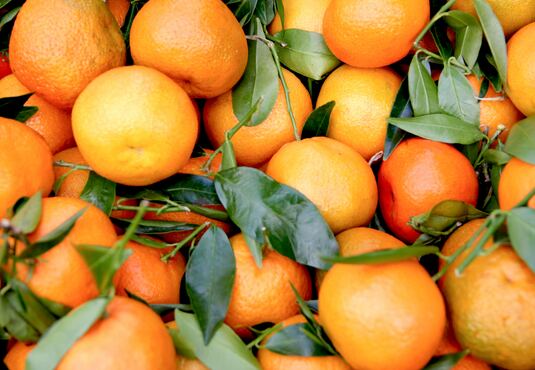
Delicious Mmmmangos and Mmmmaracuja
Do you like Francis or rather Tommy Atkins? Behind these and other funny names such as Keitt, Kent and Osteen stands the queen of the tropical fruits - the mango. Originally from northwestern India and northern Burma, it was first cultivated about five thousand years ago. In the meantime, the mango is grown in many tropical and subtropical countries, but the main export country is still India. There, the mango is a symbol of love and a basket full of mangoes is considered a gesture of friendship.
Yellow-orange vital packages
The mango tree, which can reach a height of up to 30 meters, is a plant species of the Mangifera within the sumac family, which also includes the cashew and the pistachio. The skin of a ripe mango has a full spectrum of colors - from green and yellow to orange as well as an intense red. The flesh is bright yellow, juicy and, depending on the type, sweetish to sometimes a little sour. Some mango types have a larger proportion of fibers, while others are almost fiber-free and can even be spooned out. By the way, the color of the skin says nothing about the ripeness of a mango, but only represents a certain type. A mango is ripe when it softens a bit when pressed and releases a good aroma. The color of the flesh is also an indication: as soon as it is a rich yellow or orange, it is suitable for eating. You can also do this to help the fruit ripen: A hard mango will ripen faster if you store it in a paper bag at room temperature for a few days. Over-ripening, on the other hand, can be slowed down in the refrigerator. The nutritional profile of mangoes is packed with vitamins and minerals such as vitamin C, folic acid, vitamin A, vitamin B6 and copper. They also have high levels of health-promoting phytochemicals: most notably beta-carotene, which is also responsible for their yellow-orange color. They also contain flavonoids such as quercetin, catechin and epicatechin.
Mangoes can be enjoyed in many ways: pure, in fruit salads, in smoothies or as an ingredient in oriental-style meat or vegetable stir-fries. For a unique taste experience, why not try the mango with salt, lime juice or a little chili powder. Mangoes are also great as an ingredient in meat marinades, as they have natural tenderizing properties.
Passion fruit - exotic power fruit!
Passion fruit (also known as passion fruit) has a characteristic purple or yellow color. It originally came from Brazil and the surrounding countries of Peru, Bolivia and northern Argentina. Today, however, it is also grown as a crop in many other subtropical areas. Passion fruit has a high content of magnesium, phosphorus, potassium and iron. Vitamin C and vitamins B1 and B2 are also abundant. In addition, they are a real "polyphenol bomb". In a study it even proved that passion fruit have a higher content of antioxidant polyphenols than other exotic fruits such as bananas, lychee, pineapple, mango and papaya. Passion fruits are ripe when their skin takes on a wrinkly texture and they emit a deliciously sweet fragrance. A firm fruit body - unlike the mango - is not a sign of immaturity in the passion fruit.
Juice, Juice... Passion fruit juice!
Fully ripe passion fruit have a rich yellow hue and feel rather heavy for their size. Light passion fruit are often already overripe. A firm fruit - unlike the mango - is not a sign of unripeness in the passion fruit. Passion fruit has a high content of magnesium, phosphorus, potassium and iron. Vitamin C and vitamins B1 and B2 are also found in high amounts.
For plain enjoyment, cut the passion fruit lengthwise and then spoon out the jelly-like flesh, which is packed with numerous dark seeds, much like a kiwi. In addition, the refreshing sweet and sour taste and exotic aroma of passion fruit add a special note to jams, dressings and sauces. However, a large part of the worldwide passion fruit harvest goes into juice production.





